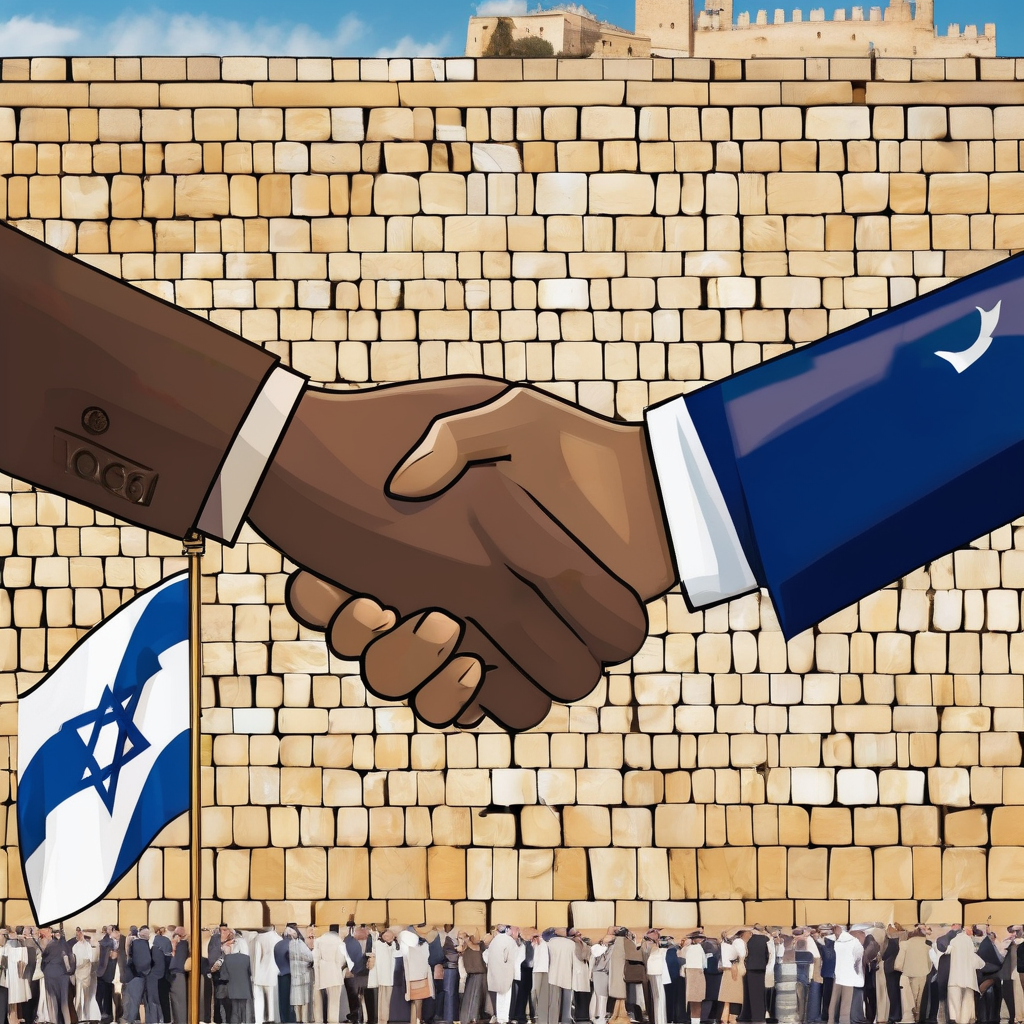The ongoing conflict between Israel and Hamas has reached a significant turning point following a whirlwind of developments over the past week. On Monday, former President Donald Trump introduced a comprehensive 20-point plan aimed at bringing the war in Gaza to an end, which he presented as a firm ultimatum to Hamas. By Friday, Hamas indicated a willingness to discuss the first ten points, which notably included the release of hostages, while largely ignoring the remainder, such as disarmament. Trump seized upon this response, expressing optimism on Truth Social that Hamas was ready for a “lasting PEACE” and pressuring Israeli Prime Minister Benjamin Netanyahu to align with this hopeful outlook.
In a post made Friday evening, Trump called for an immediate cessation of Israeli bombing in Gaza to facilitate the safe release of hostages. Netanyahu responded by halting military offenses in critical areas, particularly around Gaza City, and preparing to send negotiators to Egypt for discussions—a remarkable shift given his earlier stance that negotiations would only take place “under fire.” This reversal from Netanyahu suggests the significant influence Trump still holds over Israeli decision-making.
While Trump is portraying a narrative of imminent peace, the road ahead remains fraught with challenges. Hamas could easily disrupt the delicate negotiation process by failing to release all hostages or abandoning commitments made to Trump and mediating nations. The organization appears internally divided, with leaders abroad open to negotiation while their counterparts in Gaza show resistance. Moreover, Netanyahu faces pressure from far-right members of his coalition, who are advocating for more aggressive actions in Gaza and threatening his government if the conflict ends without their demands being met.
Historically, there has been a perception that Netanyahu is in a dominant position relative to Trump; this recent dynamic suggests otherwise. Netanyahu has positioned himself as a supporter of Trump, using their alliance as a political asset in Israel. However, with Israeli elections looming, a public split with Trump could jeopardize his political standing. This places Netanyahu in a position where he must embrace Trump’s proposals as his own to maintain the support of his base.
Trump is acutely aware of this political landscape. He has repeatedly emphasized the need for Netanyahu to view this moment as an opportunity for victory, suggesting that Netanyahu is cornered and must comply. This interaction highlights the transactional nature of Trump’s political style, where he balances interests between diverse stakeholders in the region, including Arab nations like Qatar and Saudi Arabia.
In the past six months, Trump has influenced several of Netanyahu’s decisions, including calls for restraint in military responses and negotiating the release of American hostages from Hamas. This ongoing dynamic indicates that Trump is not simply a supporter of Netanyahu’s agenda; he is actively shaping it, often countering the far-right’s ambitions within Israel’s political sphere.
As the situation evolves, it becomes evident that Trump holds considerable sway over Netanyahu, who must navigate pressures from both his far-right coalition partners and public opinion, which largely favors an end to the conflict. The complexities of this geopolitical landscape illustrate the intertwined fates of American and Israeli politics, particularly in the context of an enduring conflict with Hamas.
